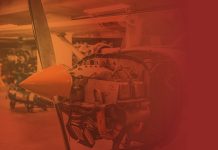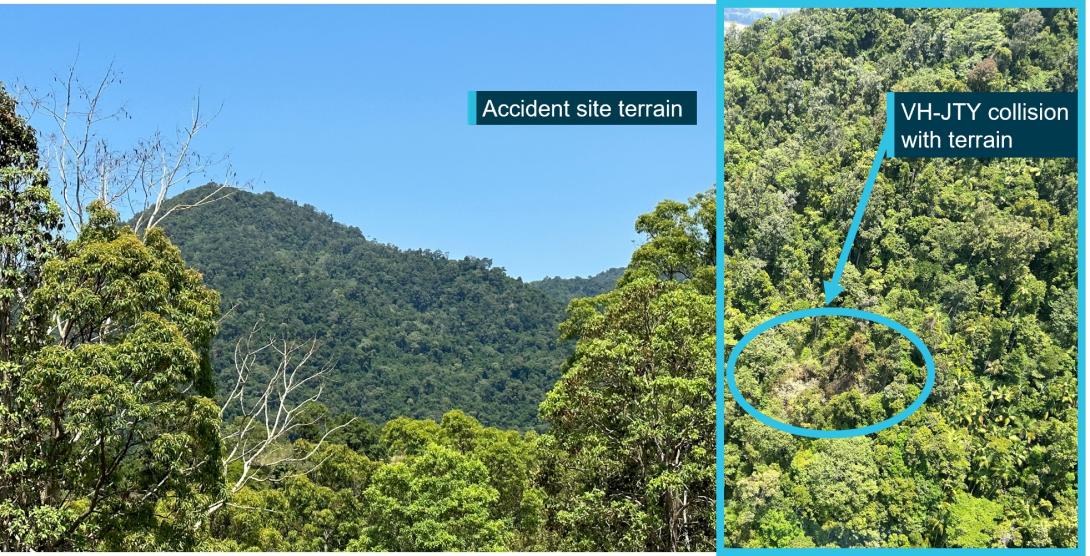A misset rudder trim was behind the crash of a B200 King Air in Essendon in February 2017, the Australian Transport Safety Bureau has found.
The charter flight crashed shortly after take-off into a shopping centre near Essendon Airport, on 21 February 2017, killing the pilot and four passengers.
‘The pilot did not detect that the aircraft’s rudder trim was in the full nose-left position prior to take-off,’ the ATSB said this morning. ‘The position of the rudder trim resulted in a loss of directional control and had a significant impact on the aircraft’s climb performance in the latter part of the flight.’
From its inspection of the wreckage, the ATSB discovered the rudder trim set to maximum nose left deflection.
‘The rudder trim actuator screw jack was extended 43 mm when measured from the actuator body to the center of the rod end, which equated to the rudder trim being in the full nose-left position,’ the accident report says.
The ATSB found the aircraft’s checklists required the position of the rudder trim be checked five times and the weight and balance of the aircraft be checked once before take-off. It was not clear which of the available checklists for the B200 King Air the pilot used but all require rudder trim to be checked.
The ATSB also found the aircraft was overweight by 240 kg, but this had not had a significant effect on the outcome of the flight. The aircraft’s cockpit voice recorder had been inoperative after a previous flight incident tripped an impact switch on the unit. No pre-existing engine problems were found.
The ATSB said the crash highlighted the importance of having, using and completing checklists.
‘Cockpit checklists are an essential tool for overcoming limitations with pilot memory and ensuring that action items are completed in sequence and without omission. The improper or non-use of checklists has been cited as a factor in some aircraft accidents. Research has shown that this may occur for varying reasons and that experienced pilots are not immune to checklist errors.’
As always, the ATSB emphasised that its findings should not be read as apportioning blame or liability to any particular organisation or individual.
Flight Safety Australia has run several stories on take-off, checklist use, and the factors that can induce errors among experienced and skilled pilots, which would be worth rereading in conjunction with the ATSB’s report on this tragic crash.





Comments are closed.